Virtual Library | Entropion Causes and Treatment
Excessive tearing, squinting, corneal scarring and loss of hair along the affected eyelid are all signs of Entropion, an abnormality of the eyelids in which the eyelid rolls inward. This can result in pain, corneal ulceration or perforation, or scarring of the cornea which can decrease vision. Read on for signs, causes and treatment options for Entropion.
← Flip through our digital brochure
So, You Brought Home a Bulldog
Cataracts and Cataract Surgery
Entropion Causes and Treatment
Feline Herpesvirus and Treatment
OFA Certification Registry Exams
Visit our blog, In Focus, to learn more about the pets we see, the treatments we offer and the services we provide to help your pet “see a better life.”
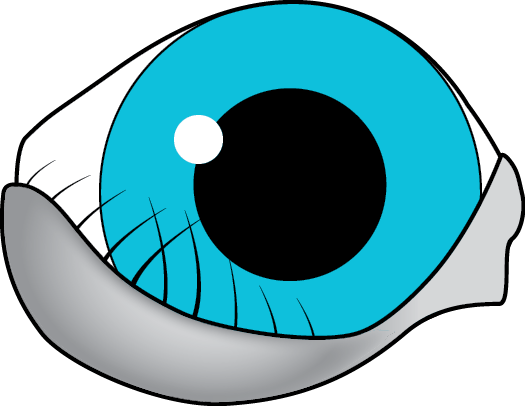 Entropion is an abnormality of the eyelids in which the eyelid rolls inward. Rather than the normal, smooth eyelid margin contacting the surface of the eye, the hairs of the eyelid skin roll inward and rub on the conjunctiva, the cornea—or both.
Entropion is an abnormality of the eyelids in which the eyelid rolls inward. Rather than the normal, smooth eyelid margin contacting the surface of the eye, the hairs of the eyelid skin roll inward and rub on the conjunctiva, the cornea—or both.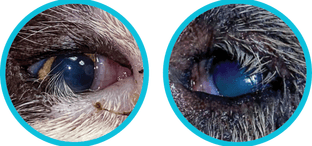
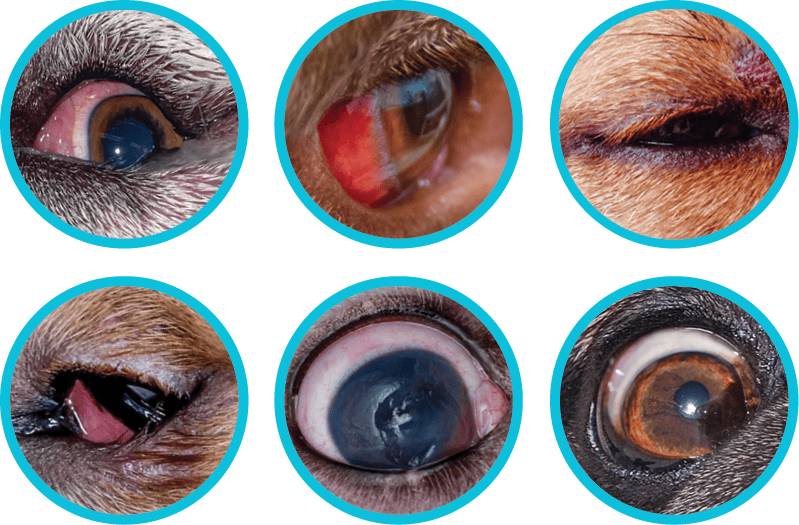 Signs of entropion may include:
Signs of entropion may include: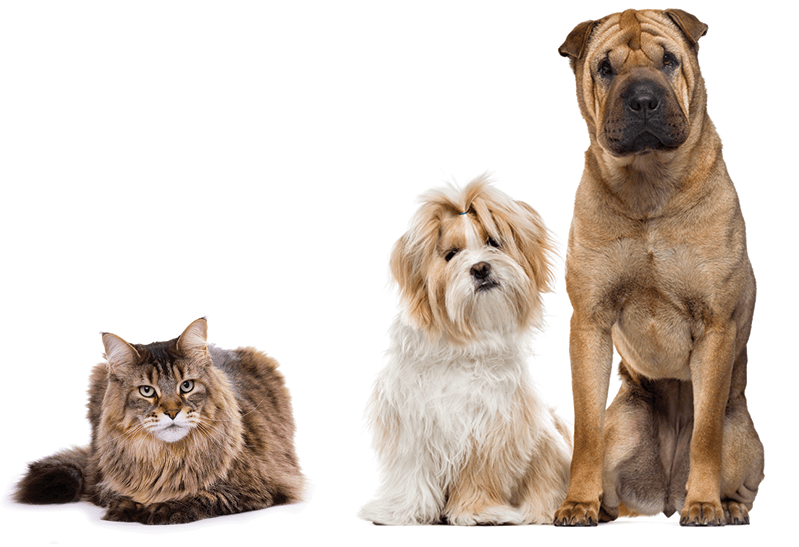 The primary cause of entropion is a genetic or conformational anatomic abnormality in the eyelids. It most commonly affects purebred dogs and is considered inherited in Chow Chows, English Bulldogs, Irish Setters, Labrador and Golden Retrievers, Rottweilers, Shar-Peis, Saint Bernards, Great Danes and Chesapeake Bay Retrievers, among other breeds.
The primary cause of entropion is a genetic or conformational anatomic abnormality in the eyelids. It most commonly affects purebred dogs and is considered inherited in Chow Chows, English Bulldogs, Irish Setters, Labrador and Golden Retrievers, Rottweilers, Shar-Peis, Saint Bernards, Great Danes and Chesapeake Bay Retrievers, among other breeds.
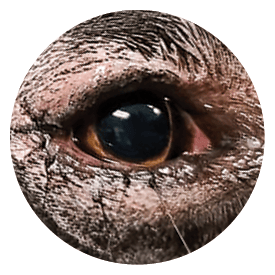 The standard post-operative medical therapy involves the pet wearing an Elizabethan collar to avoid their rubbing the sutures. We also prescribe an ophthalmic antibiotic or lubricant ointment and an oral non-steroidal, anti-inflammatory medication (NSAID) for pain.
The standard post-operative medical therapy involves the pet wearing an Elizabethan collar to avoid their rubbing the sutures. We also prescribe an ophthalmic antibiotic or lubricant ointment and an oral non-steroidal, anti-inflammatory medication (NSAID) for pain.